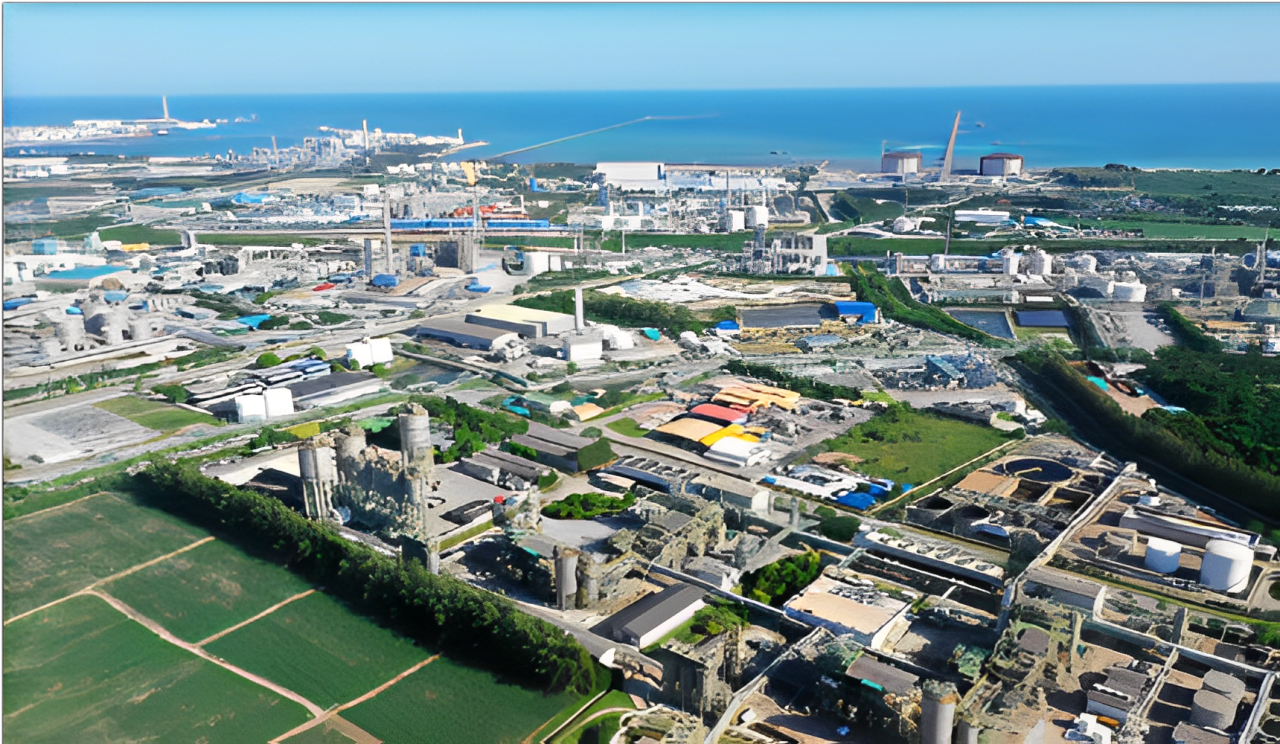Industrial Estate In Thailand
Thailand’s Serviced Industrial Land and Key Hubs Driving Industrial Growth

Thailand’s Serviced Industrial Land Plots (SILP) remain one of the main segments of the industrial property market since they're a key driver for attracting domestic and foreign investment and supporting the growth of manufacturing, logistics, and export-oriented industries. Serviced industrial land is generally available in Industrial Estates, Industrial Zones, and Industrial Parks. These areas are often designated as large zones with strategic locations to attract investment and facilitate industrial development.
Types of Service Industrial Land (SIL)
- Industrial Estates are developed and managed by the Industrial Estate Authority of Thailand (IEAT). These estates boast accessibility to seaports, airports, and other transportation centres. They also provide communication facilities and security systems. Modern Thai Industrial Estates resemble small industrial cities with areas zoned for commercial, residential, and industrial use. Additionally, they often feature zones for reservoirs, power generation, wastewater treatment, and green spaces.
- Industrial Zones fall under the jurisdiction of the Ministry of Industry (MOI) and aim to support regional development and cater to specific industrial sectors, boosting local economies and encouraging sectoral growth.
- Industrial Parks are established by the private sector. Factories located within industrial parks must obtain permits by the Factory Act B.E. 2535 (1992), similar to those established in general areas.
Modern Thai Industrial Estates resemble small industrial cities, providing more than just land for factories. Some estates offer value-added services to support businesses and enhance the quality of life for investors and workers, either directly or through third parties. The facilities and amenities include:
- Commercial and Social facilities – commercial banks, a post office, and, in some cases, customs offices, schools, hospitals, shopping centres, and restaurants offering international and local cuisine.
- Infrastructure and Utilities – reservoirs, power plants, wastewater treatment systems, IT and telecommunications services, transportation solutions, waste management, industrial housekeeping.
- Investor Support – services such as legal services, HR clubs, and executive accommodation to facilitate smooth operations.
- Worker Amenities – hotels, restaurants, healthcare centers, and recreational areas, creating a balanced and convenient environment for employees.
Thailand’s key industrial hubs, including the Bangkok Metropolitan Region (BMR) and the Eastern Economic Corridor (EEC), drive significant industrial growth by leveraging strategic locations, robust infrastructure, and proximity to seaports and airports. The BMR supports logistics and electronics industries, while the EEC focuses on advanced manufacturing and exports. Central and Northern regions, such as Ayutthaya and Nakhon Ratchasima, enhance food processing and logistics, while the Southern region strengthens trade with Malaysia and Singapore.
For more detailed insights or property advice, feel free to reach out to the experts at Knight Frank Thailand.